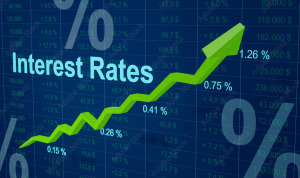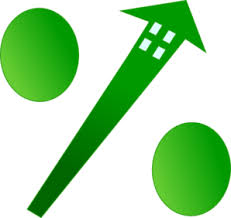
Fed officials signal cautious approach to rates amid heightened uncertainty
Federal Reserve officials regarded the U.S. economy’s outlook as particularly uncertain last month, according to minutes released Wednesday, and said they would “proceed carefully.”










